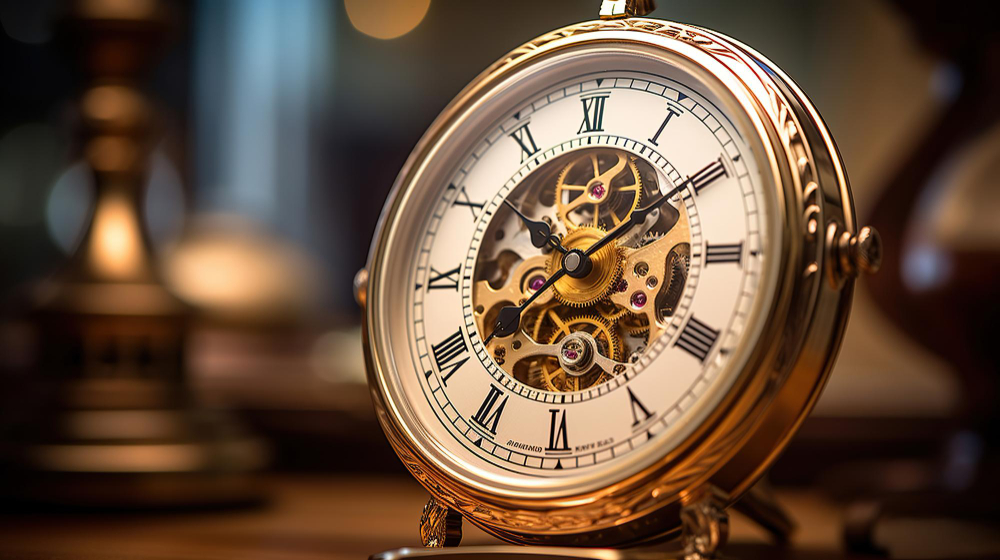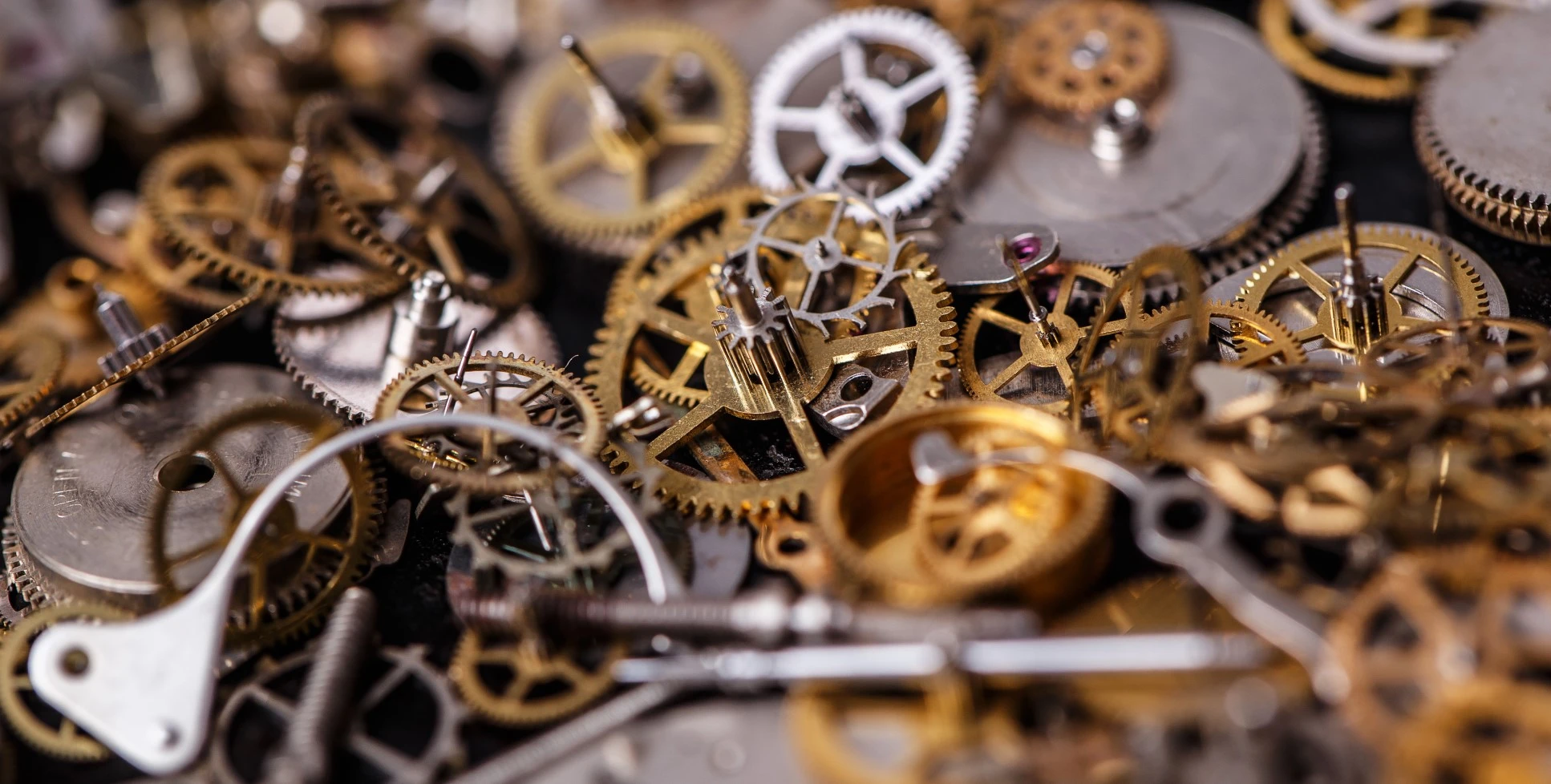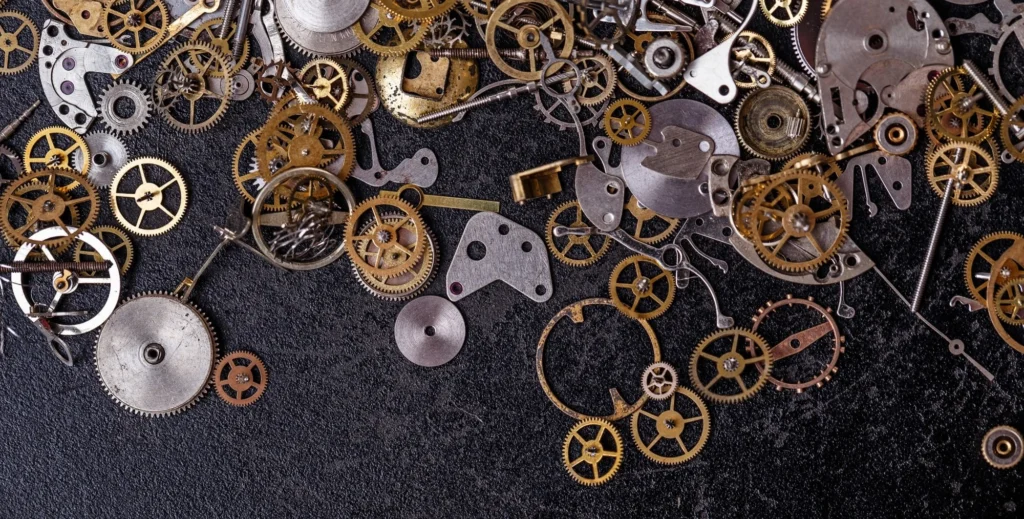In the intricate world of horology, precision stands as the pinnacle of achievement. Watches, with their mesmerizing movements, are not merely timekeeping devices but intricate pieces of craftsmanship. Let’s delve into the science behind precision and gain a profound understanding of watch movements.
Precision in watchmaking refers to the ability of a timepiece to keep accurate time consistently. It involves the meticulous engineering of the watch movement, ensuring minimal deviation from the actual time.
To truly appreciate a watch, one must comprehend the complex ballet of gears and components inside. Understanding watch movements allows enthusiasts to make informed choices, appreciate craftsmanship, and revel in the magic of precision timekeeping.
Table of Contents
History of Watch Movements

Evolution from Mechanical to Quartz Movements
The journey from traditional mechanical movements to revolutionary quartz technology marked a paradigm shift in the watchmaking industry. Mechanical movements, driven by intricate gears and springs, gave way to the precision of quartz crystals.
Key Milestones in the Development of Watch Movements
From the invention of the mainspring to the introduction of automatic movements, the history of watch movements is a fascinating timeline of innovation. Each milestone contributed to enhancing precision and reliability.
Types of Watch Movements
Mechanical Movements
How Mechanical Movements Work
Mechanical movements rely on a system of gears, springs, and escapements. The winding of the mainspring stores energy, regulating the release through the escapement to drive the hands.
Advantages and Disadvantages
While mechanical movements exude craftsmanship and tradition, they come with their own set of advantages and disadvantages, affecting factors like accuracy and maintenance.
Quartz Movements
Explanation of Quartz Movement
Quartz movements, powered by the oscillation of quartz crystals, brought unparalleled accuracy. The introduction of quartz watches revolutionized the industry, offering affordable precision.
Comparison with Mechanical Movements
A comparison between quartz and mechanical movements sheds light on the trade-offs between tradition and precision, helping consumers make informed choices.
Automatic Movements
Overview of Automatic Movements
Automatic movements harness the wearer’s motion to wind the mainspring, eliminating the need for manual winding. The convenience comes with its considerations for precision.
Also Read : BIG AND RICH HISTORY OF AUTOMATIC WATCHES
Pros and Cons
Understanding the advantages and drawbacks of automatic movements aids in making decisions based on lifestyle and preferences.
Components of Watch Movements
Balance Wheel
Role in Timekeeping
The balance wheel, a pivotal component, regulates the release of energy, ensuring precise timekeeping. Its oscillations determine the speed at which the watch runs.
Significance in Precision
The balance wheel’s role in maintaining a consistent rate is crucial for achieving precision, making it a focal point in watch movement design.

Escapement
Function of the Escapement
The escapement governs the release of energy from the mainspring to the balance wheel. Understanding its function unveils the intricate dance of components inside a watch.
Impact on Accuracy
The escapement’s design directly influences the accuracy of a timepiece, making it a critical factor in achieving precision.
Power Source
Understanding the Mainspring
The mainspring serves as the energy reservoir, storing power that propels the watch movement. A deeper understanding of this component enhances appreciation for the intricacies of watchmaking.
Power Reserve and Its Importance
Examining power reserve highlights the duration a watch can function without winding and its implications on precision.
Read More: 5 Classic Automatic Watches That Will Never Go Out of Style
Factors Affecting Precision
Temperature
How Temperature Influences Watch Accuracy
Temperature fluctuations impact the materials and lubricants in a watch, affecting its accuracy. Awareness of this factor aids in maintaining optimal performance.
Measures to Counter Temperature Effects
Innovations and techniques have been developed to counter the adverse effects of temperature, ensuring consistent precision regardless of environmental conditions.
Magnetism
Magnetism’s Impact on Watch Movements
Magnetism poses a threat to the accuracy of watch movements. Exploring the impact of magnetism and preventive measures helps in preserving precision.
Anti-magnetic Technologies
Advancements in materials and design have led to the integration of anti-magnetic technologies, shielding watches from magnetic interference.
Positional Error
Explaining Positional Error in Watch Movements
Positional error occurs when a watch performs differently based on its orientation. Understanding this phenomenon aids in addressing precision challenges.
Ways to Minimize Positional Error
Watchmakers employ various techniques to minimize positional error, ensuring consistent accuracy in any position.
Advancements in Precision Technology
Tourbillon
Introduction to the Tourbillon
The tourbillon, a mesmerizing component, counters the effects of gravity on the balance wheel, contributing to enhanced precision.
Enhancing Precision Through Tourbillon
The intricate mechanics of the tourbillon showcase the relentless pursuit of precision in high-end watchmaking.
Silicon Components
Role of Silicon in Modern Watchmaking
Silicon’s introduction as a material in watch components has revolutionized precision. Its properties offer advantages over traditional materials.
Benefits for Precision
Exploring the benefits of silicon components sheds light on their role in achieving unparalleled precision in modern watches.
Popular Precision Watches
Brands Known for Precision
Rolex
Rolex’s commitment to precision is legendary. Exploring their precision technologies and iconic models provides insights into the brand’s legacy.
Omega
Omega, another stalwart in precision, boasts innovations that have shaped the industry. Understanding their contributions enhances appreciation for precision watches.
Patek Philippe
Patek Philippe is a Swiss luxury brand established in 1839. They deal in making luxury watches and clocks.
Iconic Precision Models
Rolex Submariner
The Rolex Submariner, an icon of precision in diving watches, has set industry standards. Examining its features reveals the attention to detail in achieving accuracy.
Omega Speedmaster
The Omega Speedmaster’s association with space exploration highlights the brand’s dedication to precision in extreme conditions.
Factors to consider while Choosing a Precision Watch
Budget Considerations
Choosing a precision watch involves balancing budget constraints with the desire for accuracy. Exploring options within budgetary limits ensures a satisfying purchase.
Lifestyle and Preferences
Considerations such as daily activities and personal preferences play a crucial role in selecting a precision watch that aligns with the wearer’s lifestyle.
Importance of Regular Servicing Your Watch Movements

Prolonging the Lifespan of Precision Watches
Regular servicing is paramount for maintaining a watch’s precision and longevity. Insights into the servicing process provide a guide for watch enthusiasts.
Common Maintenance Practices
Understanding common maintenance practices empowers watch owners to contribute to the longevity and precision of their timepieces.
Conclusion
In conclusion, delving into the science of watch movements unveils the intricate world behind precision timekeeping. A deeper understanding not only fosters appreciation but aids in making informed choices in the world of horology. As we conclude, let’s celebrate the craftsmanship and engineering that go into creating precision watches. May this knowledge spark a greater appreciation for the artistry behind every tick and tock.
Frequently Asks Questions
Are Automatic watches more precise than quartz watches?
Precision depends on various factors, and both automatic and quartz watches can achieve high levels of accuracy. However, quartz watches are renowned for their exceptional precision.
How often should I service my precision watch?
Regular servicing is recommended every 3-5 years to ensure optimal performance and longevity. However, specific recommendations may vary based on the watch model and usage.
Do all high-end brands use tourbillons for precision?
While tourbillons are often associated with high-end watches, not all prestigious brands use them. Some rely on other innovative technologies and designs to achieve precision.
Can I wear my precision watch while playing sports?
While many precision watches are designed for daily wear, extreme sports activities can impact accuracy. It’s advisable to choose sports-specific watches for such activities.
How does magnetism affect watch precision, and can it be fixed?
Magnetism can disrupt the balance wheel’s oscillations, affecting accuracy. Anti-magnetic technologies are employed in some watches, and demagnetization by a professional watchmaker can resolve the issue.








This is awesome!